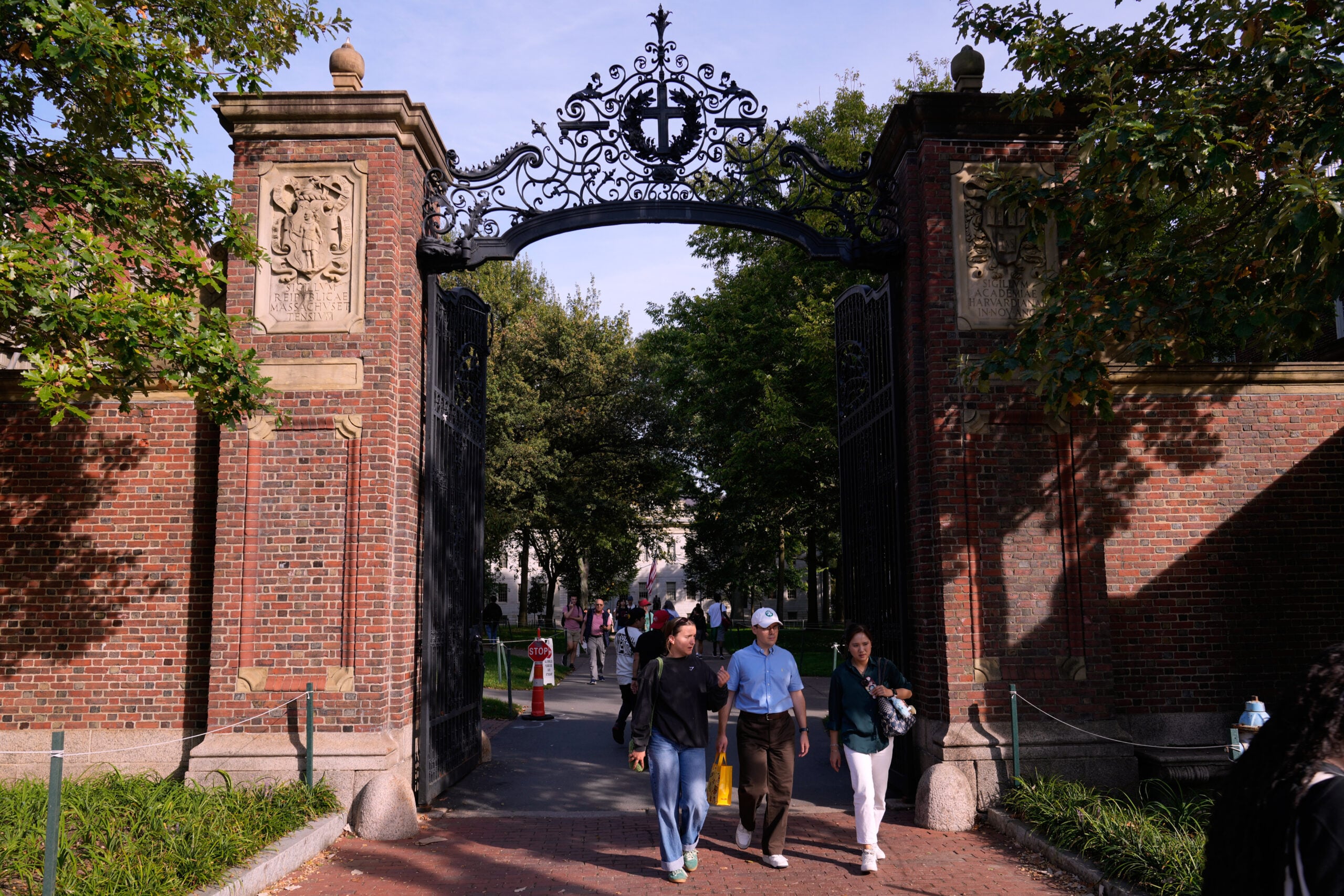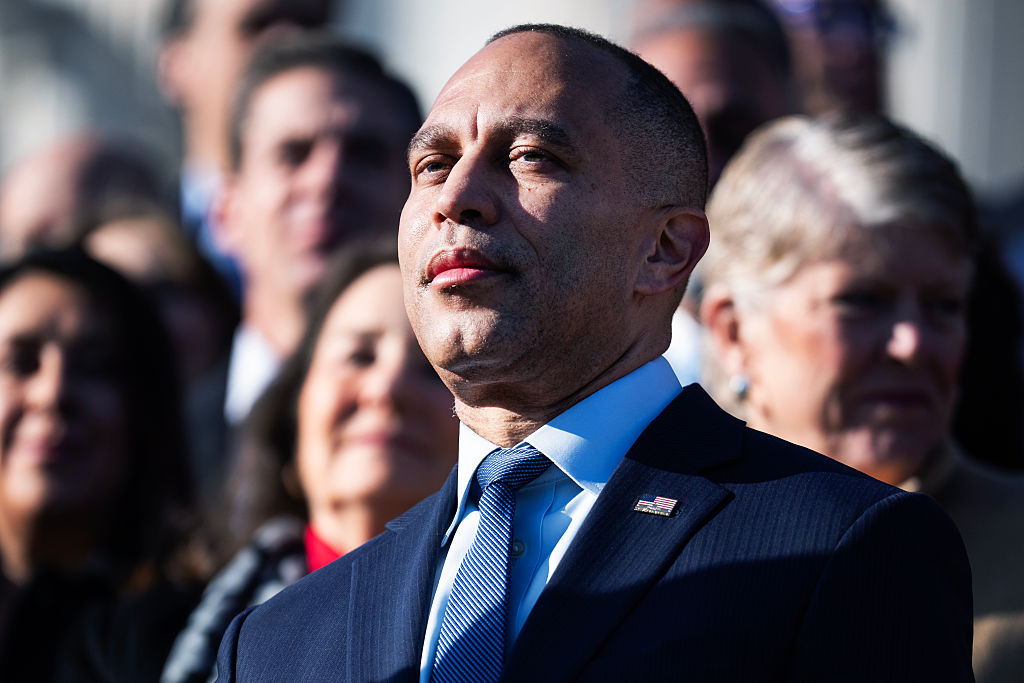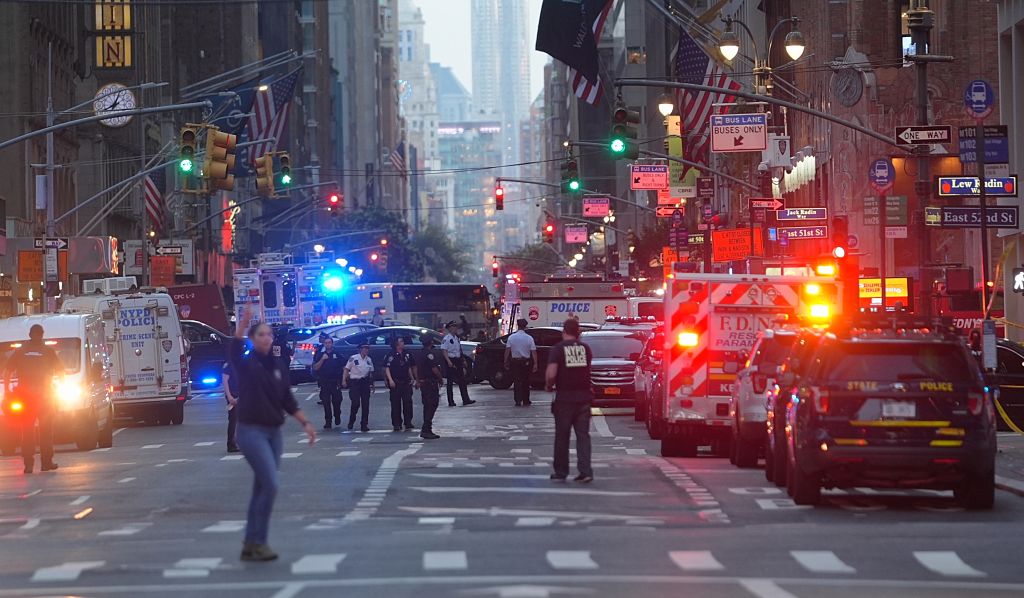Facts About The Wilmington Massacre Of 1898


In the wake of the Civil War, Reconstruction resulted in Black people making significant economic and political gains throughout the South. Wilmington, N.C., was seen as an ideal local government, where Black and white people worked together to improve the lives of their residents. This movement was sadly short-lived, as a group of white elites used the media to incite a white supremacist movement that culminated in several Black men being killed, businesses being torched, and the fusionist government being overthrown. Below you’ll find four facts about the hidden history of the Wilmington massacre.
Wilmington Had A “Fusionist” Legislature
In the lead-up to the Wilmington Massacre, Wilmington’s city legislature was largely run by “fusionist” politicians and representatives. White populists and Black Republicans often ran on fusionist tickets, as they had similar positions and political priorities. With 8,000 Black men eligible to vote, Wilmington’s Black population had significant representation in local government. Three of Wilmington’s 10 aldermen were Black, and 10 of the city’s 26 policemen were Black. There were Black magistrates, postmasters, and the city even had a Black-owned newspaper, “The Daily Record.”
Wilmington was unusual for the South, as it was a predominantly Black city with a strong economy. Wilmington’s wealthy white men were threatened by the gains made by the city’s Black population, and thus, they forged a plot to overthrow the city’s fusionist government.
The Massacre Was Initially Conducted Through The Press
The build-up to the Wilmington was largely conducted through a prolonged campaign in the press. White supremacists (their words, not mine) spread their message through the News & Observer, the state’s most powerful newspaper. They stoked panic over “Negro rule,” using racist cartoons and framing Black men as rapists who were too incompetent to lead. Rebecca Felton, a white woman from Georgia, gave a speech earlier in the year, lambasting white men for not doing enough to combat the “Black beast rapist.”
“If it needs lynching to protect women’s dearest possession from ravening human beasts, then I say lynch—a thousand times a week if necessary,” Felton said in her speech. The News & Observer reprinted the speech, to which The Daily Record responded by saying white men had long raped Black women to no consequence. This further incensed the white elites, who would recruit “Red Shirts,” racists from South Carolina. The red shirts would pull Black men from their homes and threaten them with violence if they tried to vote.
The Wilmington massacre occurred during election day on Nov. 10, 1898.
A mob of thousands of white people killed several innocent Black people, though a definitive number was never found. The mob held Black politicians at gunpoint and forced them to resign their seats, and burned down “The Daily Record.” In addition to the deaths, 2,000 Black people were forcibly displaced from Wilmington. The effects of that displacement are still felt today as the city went from Black people making up 56% of the population, to only 16% in the current day.
Upon taking control of the city government, Wilmington became a model for how Jim Crow laws would be implemented throughout the South in the 1900s.
The Wilmington Massacre Was A Coup D’Etat
While the Wilmington massacre was quite obviously racially motivated, the purpose of the violence was to take control of the city’s government from the fusionist government. The white supremacist coalition made Black men trying to vote the target of their violence. While that’s easy to intuit by simply taking a cursory look at the facts, for years, the Wilmington Massacre was labeled a “Black Uprising,” as if the Black population decided to torch their businesses and kill themselves. It took until 2006 for a state-commissioned report to properly frame the Wilmington massacre as a coup.
A Museum Is Being Built To Acknowledge The History of the Wilmington Massacre
Like most of America’s historical sins, the Wilmington massacre has sadly been an under-discussed tragedy. Thankfully, a museum is currently being built in Wilmington to ensure this tragedy doesn’t become forgotten history. The Wilmington 1898 Museum for Healing, Education, and Democracy is expected to open in spring 2028, marking the 130th anniversary of the massacre.
SEE ALSO:
5 Race Riots In America That You Were Never Taught In School
What's Your Reaction?
 Like
0
Like
0
 Dislike
0
Dislike
0
 Love
0
Love
0
 Funny
0
Funny
0
 Angry
0
Angry
0
 Sad
0
Sad
0
 Wow
0
Wow
0






























